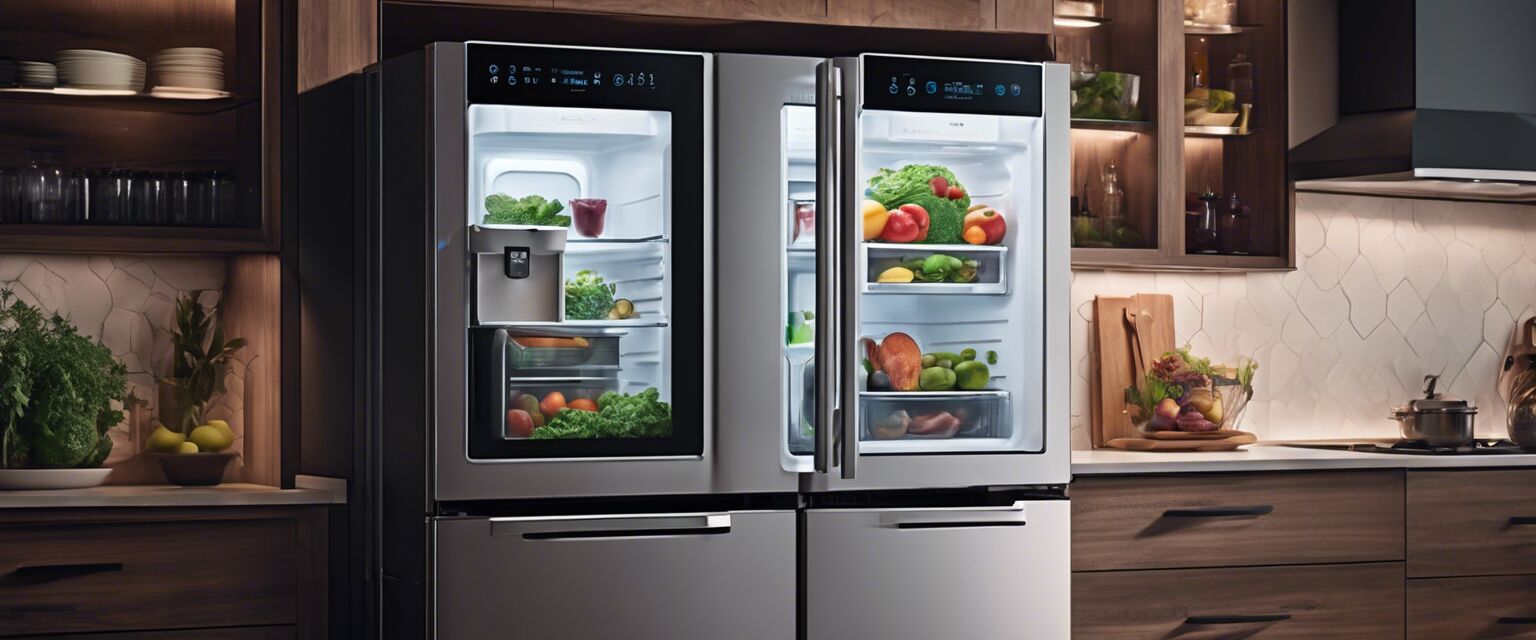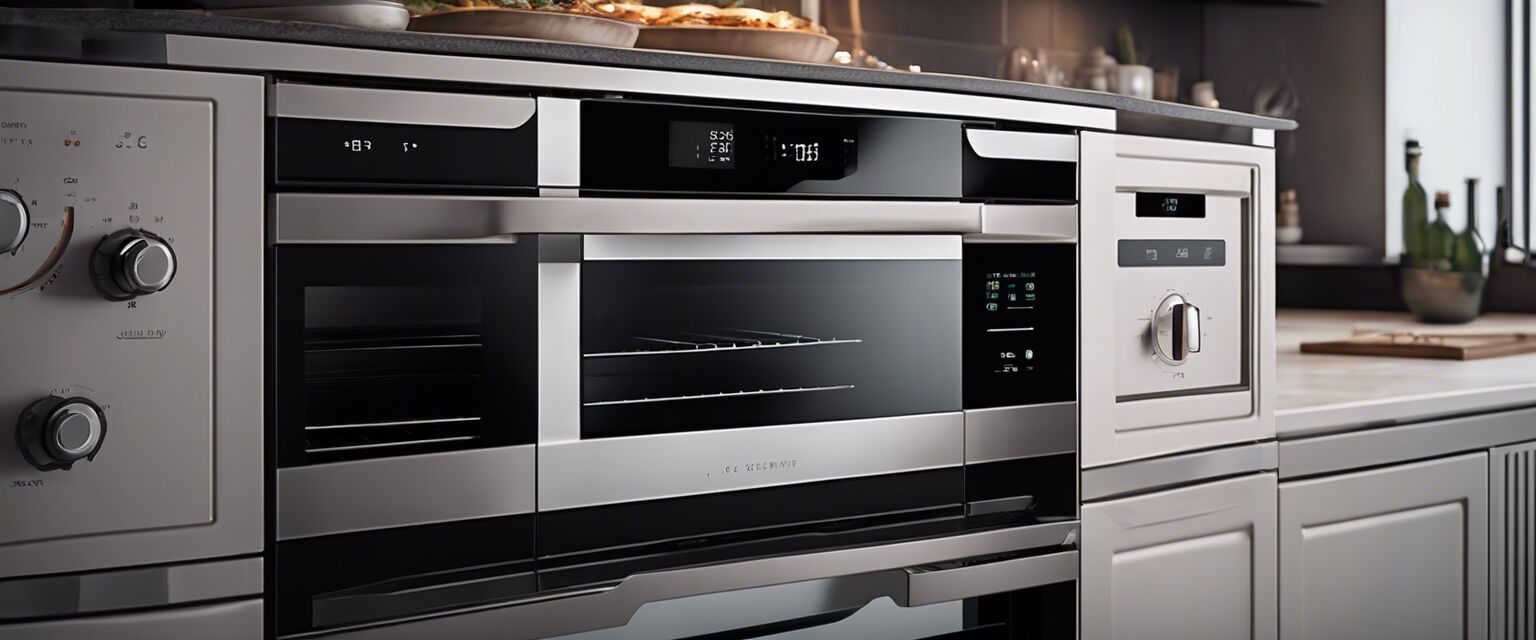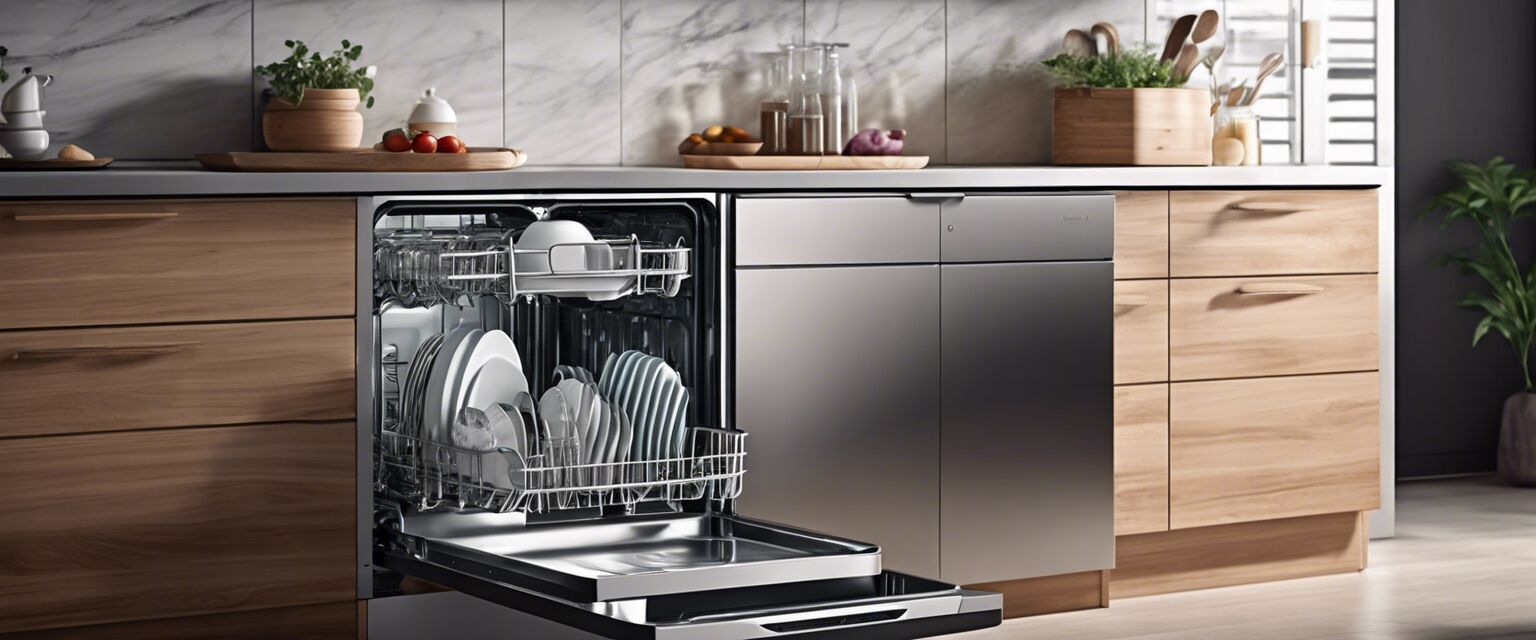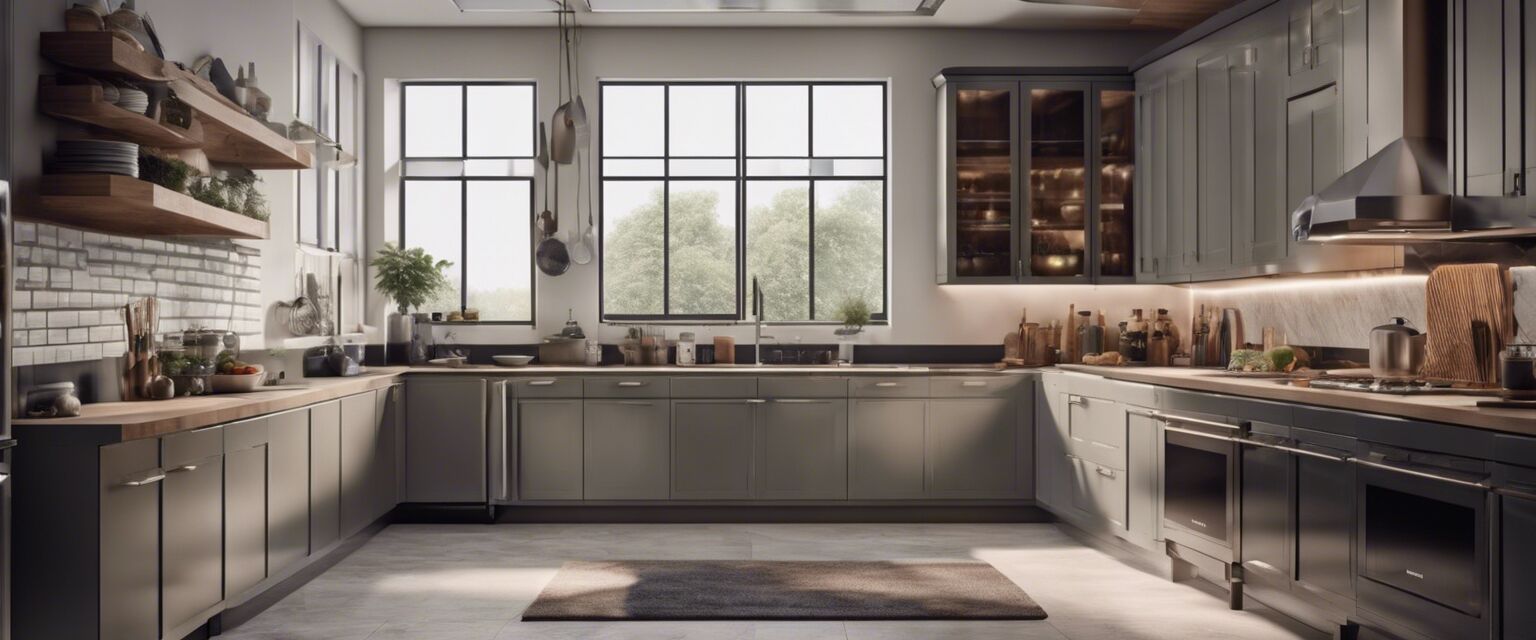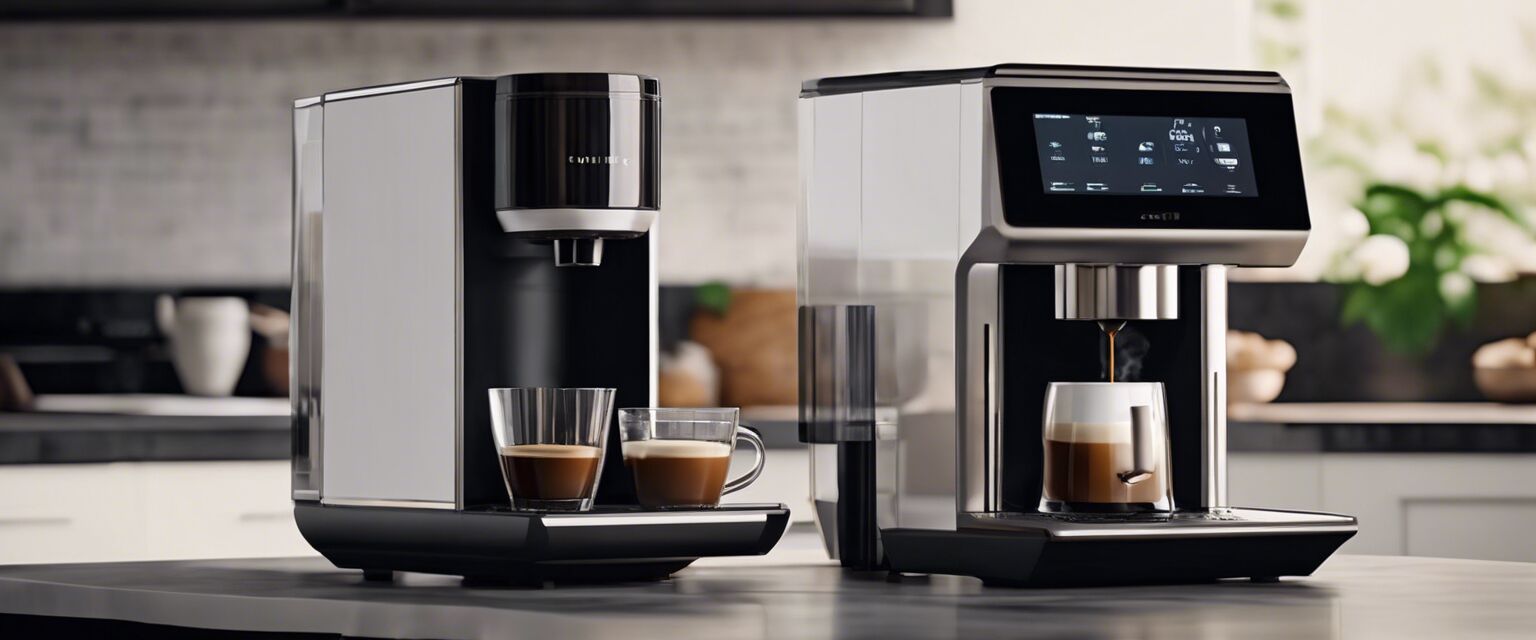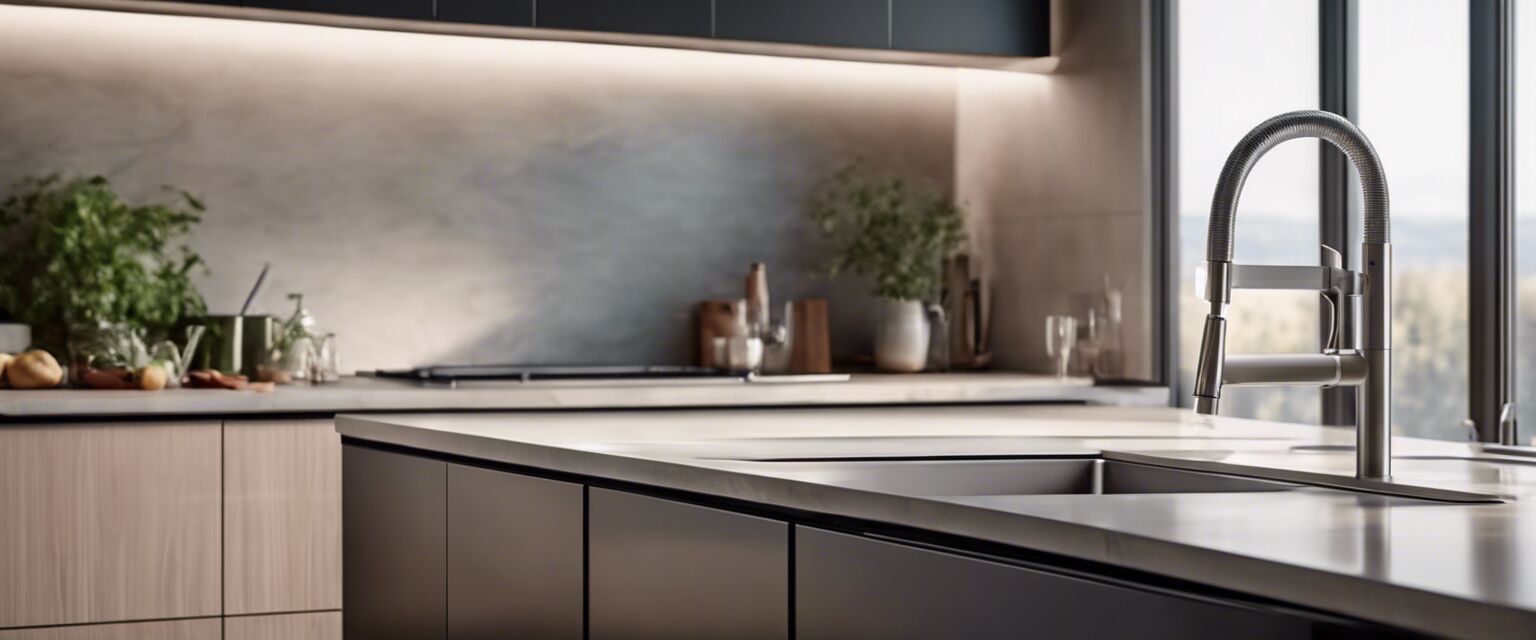
Touchless Faucets
Touchless kitchen faucets are rapidly becoming a standard in modern kitchens. These innovative devices combine convenience and hygiene, making them an essential addition to any smart kitchen. In this article, we will explore the benefits and features of touchless faucets, helping you make an informed decision about upgrading your kitchen.
Key Takeaways
- Touchless faucets offer hands-free operation for convenience and cleanliness.
- They save water through automatic shut-off features.
- Available in various designs and finishes to match your kitchen decor.
- Installation can be straightforward, often requiring minimal tools.
- Compatible with other smart kitchen devices for seamless integration.
What are touchless faucets?
Touchless faucets use infrared sensors to detect motion, allowing you to turn the water on and off without needing to touch the faucet. This feature is particularly useful when your hands are dirty or when you're preparing food, as it helps maintain cleanliness in the kitchen.
Benefits of touchless faucets
There are numerous advantages to installing a touchless faucet in your kitchen:
- Hygiene: Reduces the risk of cross-contamination.
- Water conservation: Automatically shuts off when not in use.
- Convenience: Ideal for multitasking in the kitchen.
- Style: Available in various modern designs.
Comparison of touchless faucets and traditional faucets
| Feature | Touchless Faucets | Traditional Faucets |
|---|---|---|
| Operation | Hands-free | Manual |
| Water Efficiency | High | Variable |
| Installation Complexity | Moderate | Simple |
| Maintenance | Low | Moderate |
Features to consider
When selecting a touchless faucet, there are several important features to keep in mind:
- Sensor Range: The distance the sensor can detect motion.
- Power Source: Battery-operated or hardwired options.
- Finish: Choose from chrome, stainless steel, or matte black to match your kitchen design.
- Height and Reach: Ensure it fits well with your sink and countertop.
Installation tips
Installing a touchless faucet can be a straightforward process. Here are some tips to help you:
- Read the manufacturer's installation instructions carefully.
- Gather all necessary tools before starting the installation.
- Turn off the water supply to avoid leaks.
- Test the faucet after installation to ensure proper operation.
Common misconceptions
There are several common misconceptions about touchless faucets:
- They are too expensive: While some models can be pricey, there are budget-friendly options available.
- They are difficult to install: Many touchless faucets are designed for easy installation.
- They need frequent battery changes: Many models offer long-lasting batteries or can be hardwired.
Maintenance and care
To keep your touchless faucet in optimal condition, regular maintenance is essential:
- Wipe down the faucet regularly to prevent mineral buildup.
- Check the sensors for any obstructions that may interfere with operation.
- Replace batteries as needed if not hardwired.
Conclusion
Touchless faucets are a remarkable addition to any modern kitchen, combining convenience and hygiene. With various designs and features available, you can find a model that fits both your functional needs and aesthetic preferences. Whether you're renovating your kitchen or simply looking to upgrade your appliances, consider the benefits of a touchless faucet.
Pros
- Hands-free operation
- Reduces water wastage
- Enhances kitchen hygiene
- Stylish and modern designs
Cons
- May require battery replacements
- Initial cost can be higher than traditional faucets
- Occasional sensor malfunctions
Related articles
Check out our other articles for more insights into smart kitchen appliances:
